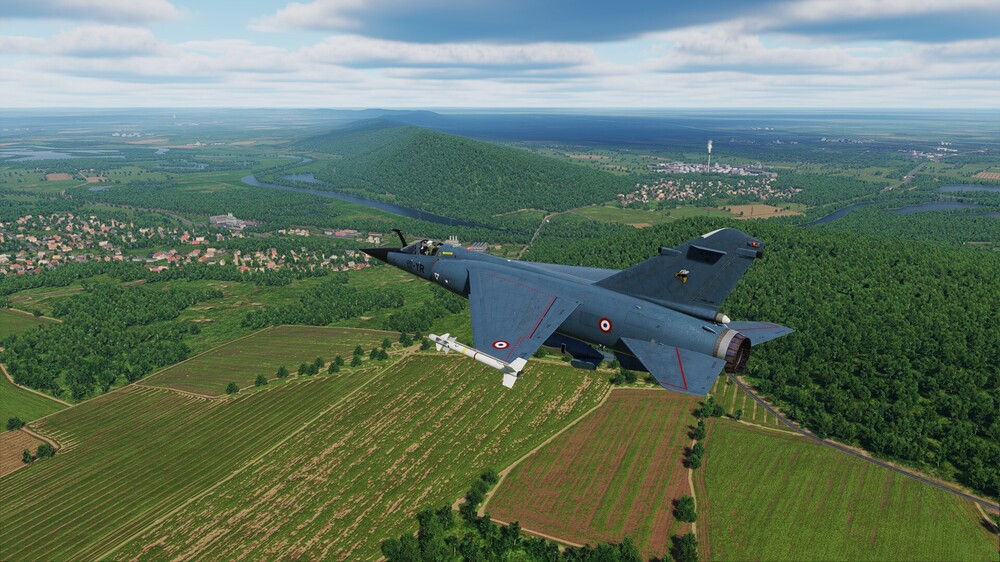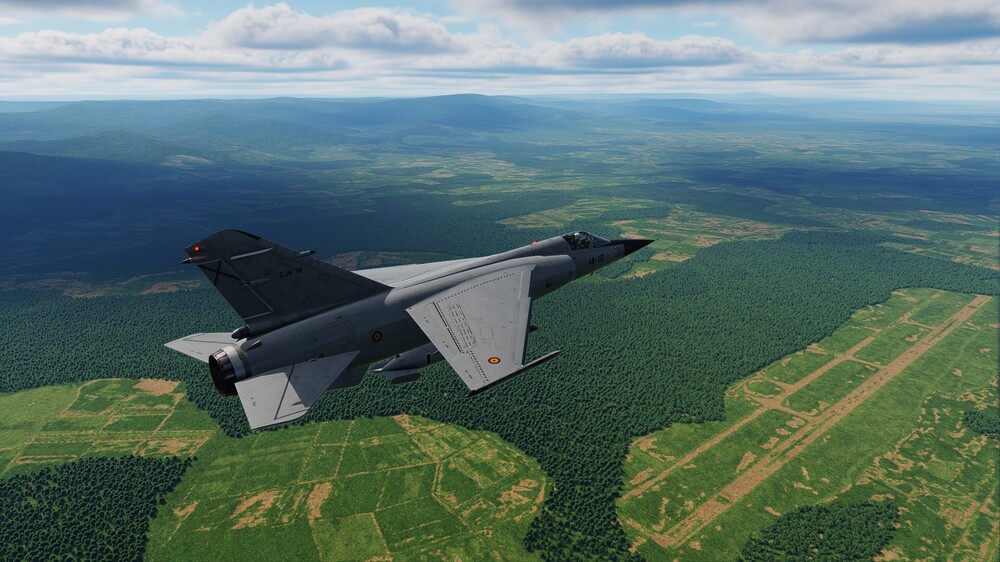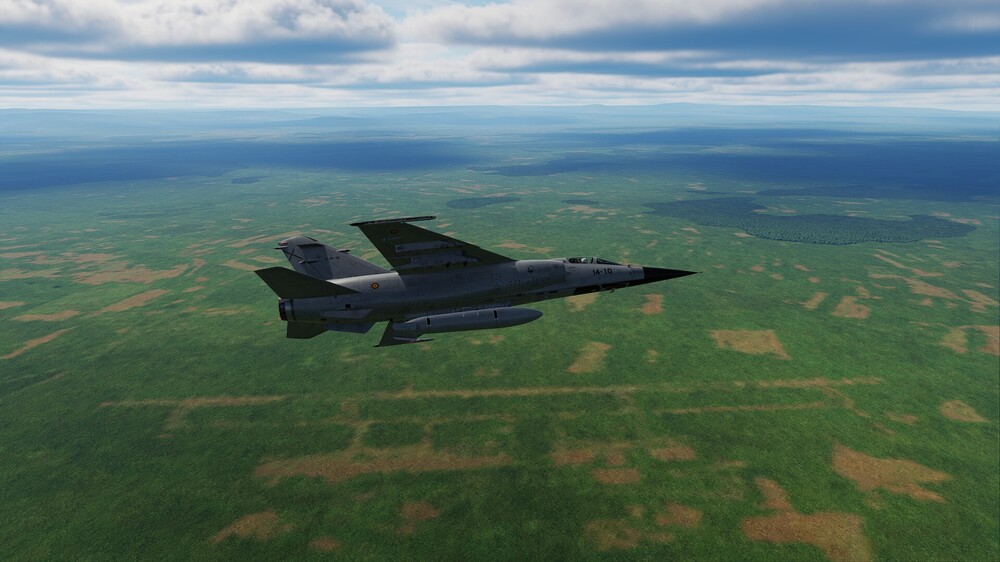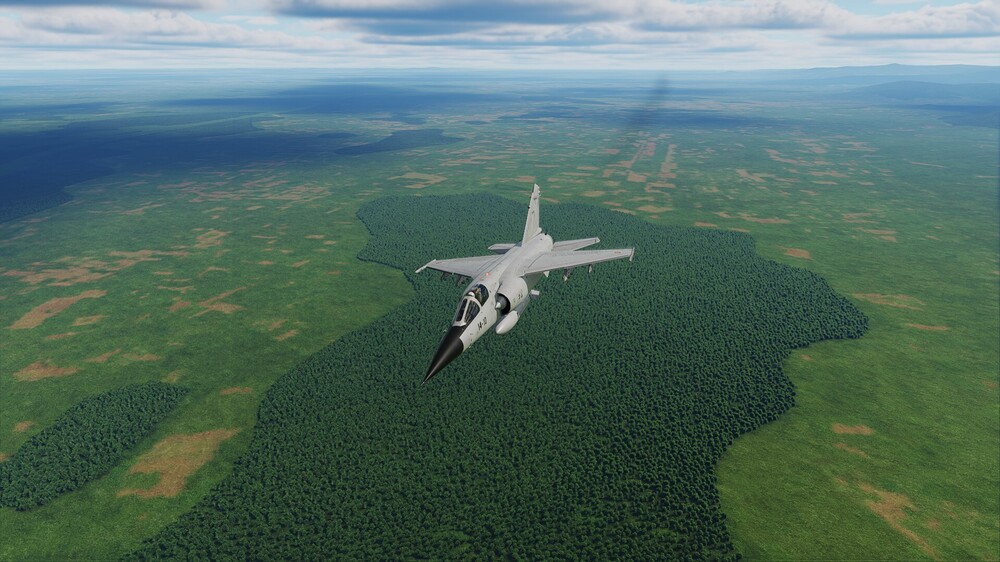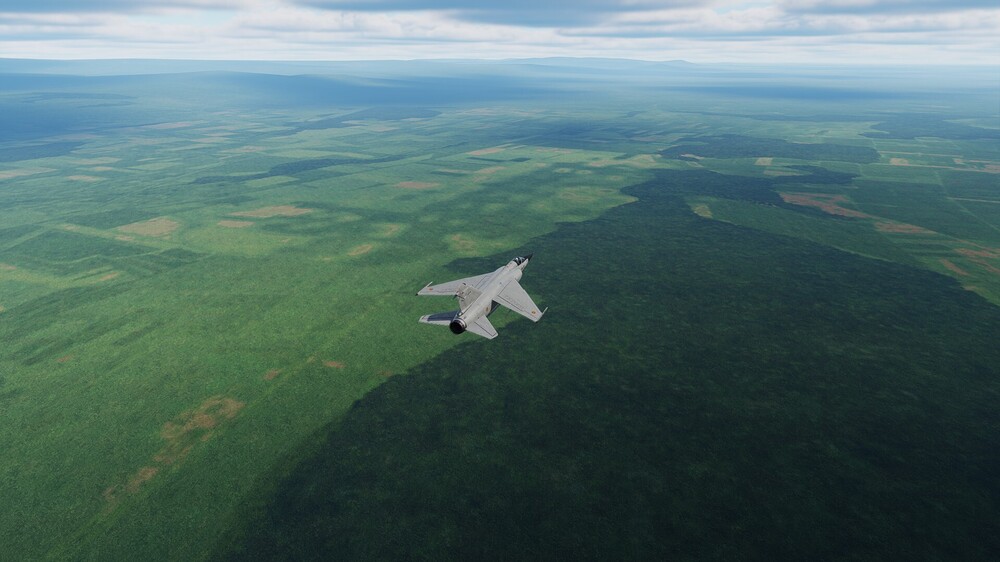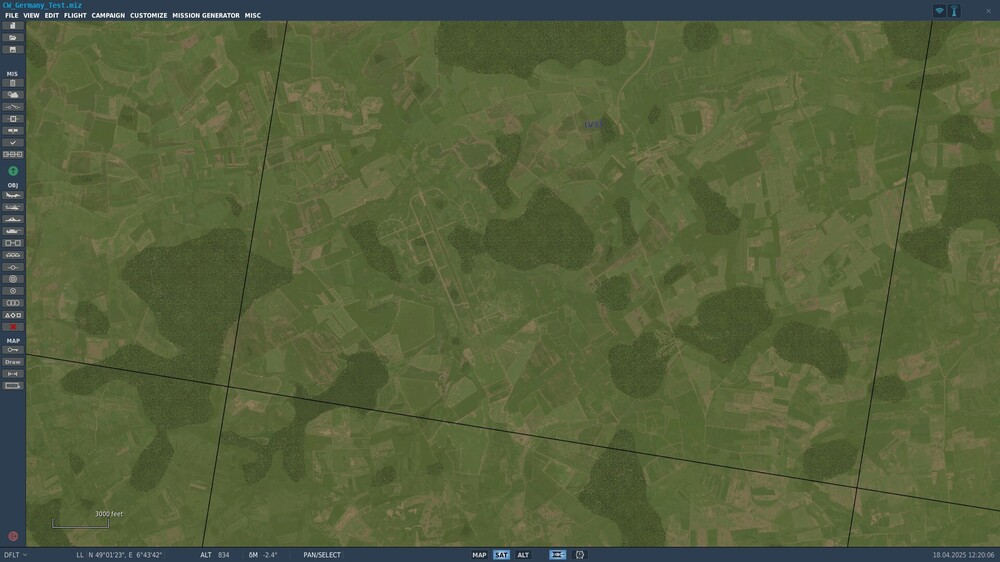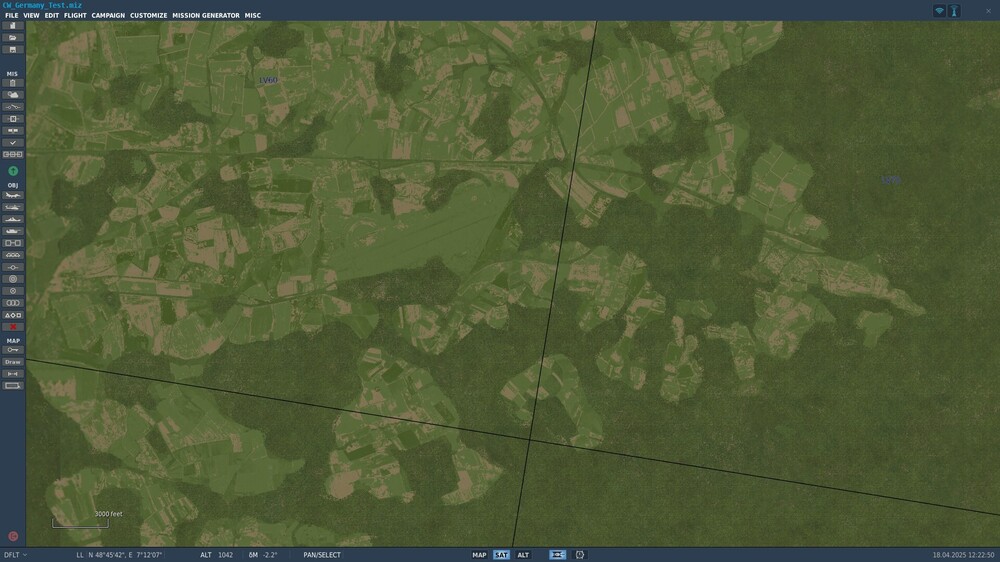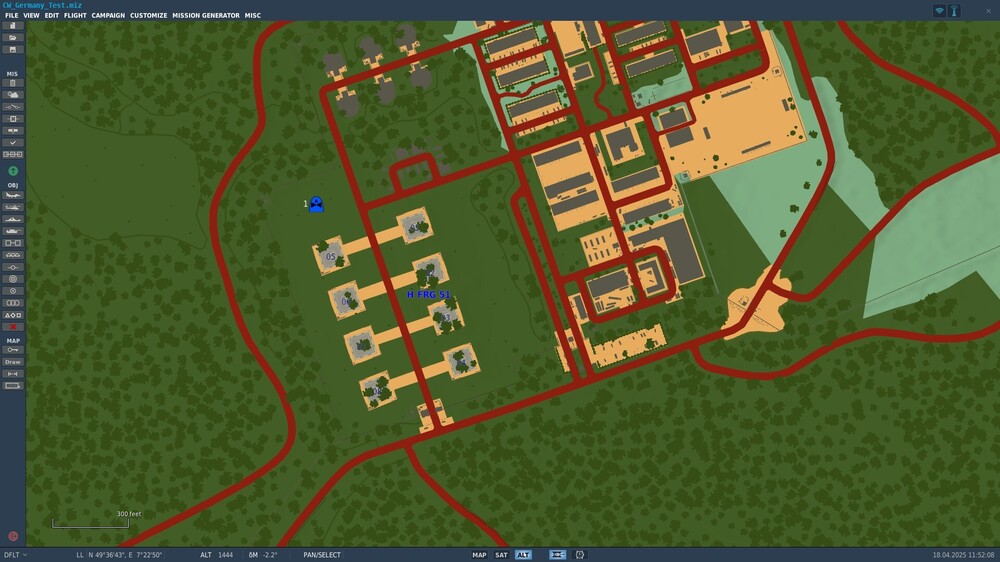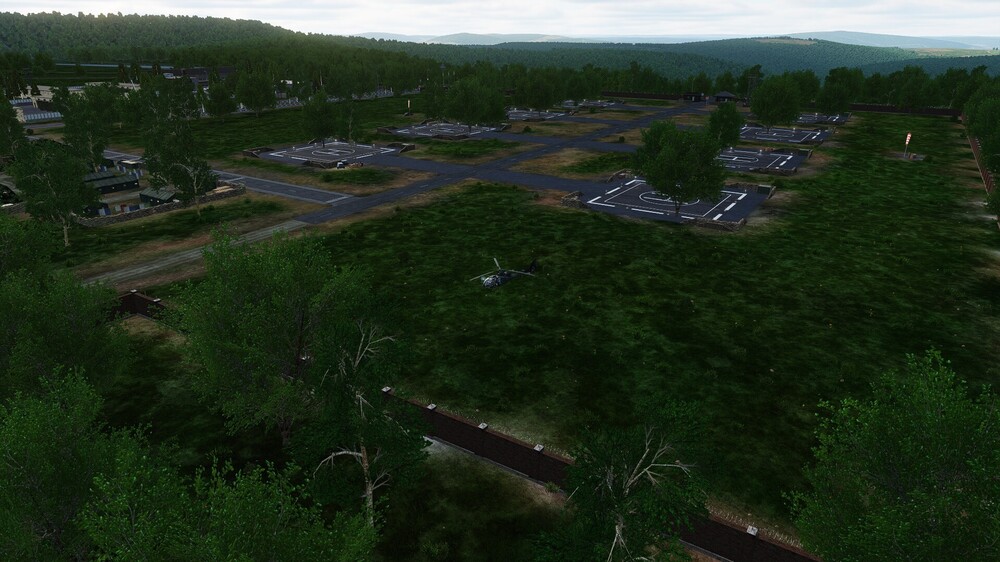-
Posts
2107 -
Joined
-
Last visited
Content Type
Profiles
Forums
Events
Everything posted by Bremspropeller
-

Wish for Schloss & Gut Liebenberg in Liebenberg
Bremspropeller replied to Steps's topic in Wish List
Sanssouci is also sadly missing in Potsdam So is the Orangerie in Sanssouci park- 1 reply
-
- 1
-

-
I've been missing it, too Same with the transmission tower on the other side (about where my tailfin ends). It's those kinds of landmarks that are essential for VFR navigation. Especially at low level.
- 1 reply
-
- 2
-

-
Holzdorf does have blue taxiway lights across the grass (just right behind the PAPI lights). This modern pic shows it to be a concrete taxiway (third twy from the west).
-

Clarification on A-10 Use at Spangdahlem
Bremspropeller replied to Snoopy's topic in Bugs and Problems
That's a good point. Does "take off from runway" not work either then? Not saying it's optimal, just trying to find a workable solution for the time being. -

Clarification on A-10 Use at Spangdahlem
Bremspropeller replied to Snoopy's topic in Bugs and Problems
You can use it for now by using "take off from ground" instead of "take off from ramp" and placing the jets on the ramp or on open spots or helo spawns. There are two hangars in which you can fit the A-10 inside and pretend you're starting in a shelter, but you'll also have to place it there by using "take off from ground". Also, there's a couple of positions where you can put the aircraft in front of a shelter. It's a bit of a bummer that the shelters are literally one size too small, but the base is workable. -
I'm having the same issue.
-
I think we will have to nudge Ugra into it and keep up the nagging until they have no other choice. There are a couple of turkish airports on the fringes of the Syria map, that look the same, but haven't been modelled. There already are a good number of turkish airfields on the Syria map, though, so the additional value of those was low. There are currently no french airfields planned and implementing them is basicly a quick-win. The good advantage here is the proximity to the airfields that already going to be modelled. Certainly that is the case for Strasbourg and Colmar.
-
-
Just did a quick look south. This is Baden-Soellingn up close: Strasbourg: This should be Lahr: Bremgarten: So using the drawn map above, I hopped back across the Rhine to find Colmar: May or may not be in the scope, but I think Ugra could be bribed into it - it's less than 15km west of Bremgarten after all...
-
The shelters are unusable due to their slope: The F-15 would just roll out of the shelter. Shelter 73 has a fwd downslope. Shelter 70 has an aft downslope, so the aircraft would roll back and go boom. I suggest if the mesh can't be reworked, the shelters should maybe be deactivated as spawn slots.
-
- 3
-

-
-
The little river/creek "Ems" at western boundary of RAFG Gütersloh is placed way too far awy from the airfield - it should be just outside the western perimeter fence: In game, it's running a good distance away from it's actual position: The river is running way too far to the west, messing up a real nice showboating-opportunity: Is there a way to fix that?
-
Just to give you an idea - this is as far south as the undeveloped part of the map is extending right now. Next to "MV30" is Phase 3 airfield Baden-Söllingen (outlines visible). Right next to the "2nm scale" on the botton left would be Strasbourg - outlines visible as well. This is the farthest south the (undeveloped) map is extending right now. Phase 3 would extend a good part more to the south. The Rhine river isn't in there yet at this part - it would run along the diagonal stretch of woods (flowing southwest-northeast), stretching through the center of this frame.
-
- 1 reply
-
- 6
-

-
Hey Ugra, thanks for the map! Here's a couple of things that might need some attention in the future, while not being immediate dealbreakers: 1) Bienenfarm airfield never had a hardened runway (always been grass). The "apron" is on the opposite side of where it's IRL (northwest vs southeast): See this pic out of an An-2, looking northwest (ref traintracks) and the village (Paulinenaue): 2) Kali hill close to Wunstorf: In game, the kali hillis wooded and thus cannot be made out as a landmark. IRL, those kalihills are very prominent, due to their size/ shape and colour: Same hill IRL: Kudos for placing the villages very accurately!
-
No lightpoles on any Autobahn. I found streetlights and traffic-lightson the A2 right next to where I live - at an intersection (!) that actually is an overpass. The latter part isn't important to me, but streetlights and traffic-lights should be found nowhere on the Autobahn.
-

Binoculars for Helicopters and A-10C.
Bremspropeller replied to TrigaNZ's topic in DCS Core Wish List
+1 -
Hey Aerges, SMEs and Mirage F1 fans, since the module seems to be drawing more and more fans, and even a couple of virtual squadrons growing here and there, I'd like to take the opportunity and ask a couple of questions regarding more realistic procedures in operational flying. This is mostly adressed to @chichowalker , but other SMEs are highly welcome to chime in. Are there any contract airspeeds you'd usually fly for climb, join-up, enroute, weather-penetration and the initial arrival and approach procedures? Are there any power-settings you'd fly as a reference in those conditions? It's configuration-dependant, but I guess there are a few rules of thumb that do apply. What would be the low level airspeeds you'd normally plan for - the aircraft is relatively slick, so 480 should be a reasonably normal airspeed unless range is an issue. How'd you fly tac turns at altitude? I guess it's a combination of airspeed/ mach, throttle (MIL?) and AoA. How'd you normally schedule dirtying up the aircraft on arrival? My usual technique is flaps half at 300KIAS, to help slow down, but I guess there's got to be a better way. The manual gives us a couple of figures for best climb, but those are a bit fast for people trying to join up. Thanks for your insight and support!
-
A HEUER 1550SG would be a much more fitting watch for this map, though
-
That's not the point. The mentioned bases (Strasbourg, Colmar) are both within the boundaries of Phase 3 (similar to lots of missing german bases).
-

Please add Wittmund EDNT, Jever EDNJ, Oldenburg EDNO in phase 3
Bremspropeller replied to Volator's topic in Wish List
Another thought: If neither Oldenburg, nor Husum are included, there'll be no proper G91 airfield on the map whatsoever. Pferdsfeld transitioned to F-4s in 1975. Fürsty is outside the map's scope. -
Go Trabi go!
-
+1 Give the ALAT people out of Freiburg some FATac air cover!
-

Shold the wheels feel so "slippery/greasy" on landing?
Bremspropeller replied to RyanR's topic in DCS: Mirage F1
I do have similar issues with the F1, but the most important issue is the inability to just floor the brakes without the airplane going for a ride. I can nail the pedals to the floor in any other DCS aircraft and it will go straight ahead (no wind, etc). The F1 will buck like a Bronco and give me a heart attack, while starting to go sideways in an instant. And that is even without going all in on the brakes.


